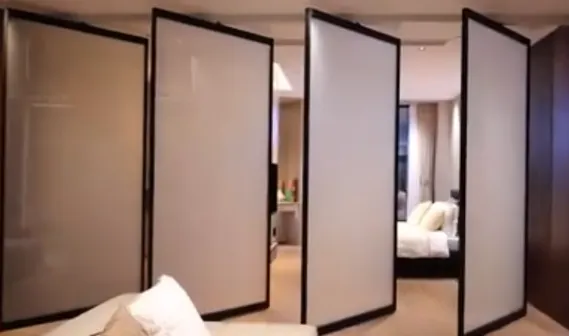Dec . 17, 2024 09:08 Back to list
different types of tempered glass
Different Types of Tempered Glass An Overview
Tempered glass, also known as toughened glass, is a type of safety glass that has been treated through controlled thermal processes to increase its strength and thermal resistance. This innovative material has a multitude of applications ranging from architecture to automotive industries. Its properties make it an ideal choice for areas where safety and durability are paramount. In this article, we will explore the different types of tempered glass, their manufacturing processes, and their various applications.
The Manufacturing Process
The manufacturing of tempered glass involves a meticulous process that includes heating and cooling. The glass is initially heated to a temperature of about 620-640 degrees Celsius and then rapidly cooled. This process creates a balance of internal stresses that results in increased strength. The treated glass is consequently five to six times stronger than standard glass of the same thickness. If broken, tempered glass shatters into small, blunt pieces, minimizing the risk of injury.
Types of Tempered Glass
1. Standard Tempered Glass This is the most common type of tempered glass used in residential and commercial settings. It is typically clear and has a smooth surface. Standard tempered glass is often used in windows, shower doors, and glass doors due to its durability and safety features.
2. Laminated Tempered Glass This type of glass consists of two or more layers of tempered glass bonded with a plastic interlayer, typically made of polyvinyl butyral (PVB). This interlayer holds the glass pieces together in case of breakage, thereby preventing shards from falling. Laminated tempered glass is often used in skylights, facades, and balustrades to enhance safety.
3. Low-Emissivity (Low-E) Tempered Glass This variant of tempered glass has a special coating that reflects infrared light, thereby improving thermal insulation. Low-E tempered glass is particularly popular in energy-efficient buildings as it helps in maintaining indoor temperatures while reducing energy costs.
4. Tinted Tempered Glass To reduce glare and heat, tinted tempered glass comes with added coloration. It is ideal for buildings in sunny climates and helps control solar heat gain. Tinted tempered glass is commonly used in commercial buildings where glare control is essential.
different types of tempered glass

5. Patterned or Textured Tempered Glass This type features a decorative pattern or texture, providing privacy without sacrificing light transmission. Commonly used in bathroom windows and office partitions, patterned tempered glass adds aesthetic appeal to functional applications.
6. Reflective Tempered Glass With a reflective coating, this glass is designed to reflect light and minimize solar heat gain. Reflective tempered glass is often employed in high-rise buildings, allowing for energy efficiency while enhancing the visual appeal of the structure.
Applications of Tempered Glass
Tempered glass finds its way into a wide range of applications due to its superior properties. In the architectural industry, it is frequently used for curtain walls, balconies, and storefronts. Its strength and safety features make it a preferred choice for applications where human safety is a concern.
In the automotive field, tempered glass is used for side and rear windows of vehicles due to its safety characteristics. The glass can withstand impacts while shattering into less harmful pieces.
In residential applications, tempered glass is popular in shower enclosures and glass doors due to its resistance to heat and easy maintenance. Furthermore, when installed in balconies and railings, tempered glass provides both safety and unobstructed views.
Conclusion
In conclusion, tempered glass is a versatile material that plays a significant role in modern design and construction. Its various types, each tailored for specific applications, demonstrate its importance in enhancing safety, energy efficiency, and aesthetic appeal. As technology continues to advance, we can expect further innovations in tempered glass products, making them an even more integral part of our everyday lives. Whether in buildings, vehicles, or home interiors, tempered glass is a testament to the blend of functionality and design.
-
Safety and Style with Premium Laminated Glass Solutions
NewsJun.24,2025
-
Reinvents Security with Premium Wired Glass
NewsJun.24,2025
-
Premium Float Glass Line for Modern Architecture
NewsJun.24,2025
-
Low Emissivity Glass for Energy-Efficient Architecture
NewsJun.24,2025
-
High-Performance Insulated Glass Solutions for Modern Architecture
NewsJun.24,2025
-
Elevates Interior Style with Premium Silver Mirror
NewsJun.24,2025
Related PRODUCTS














